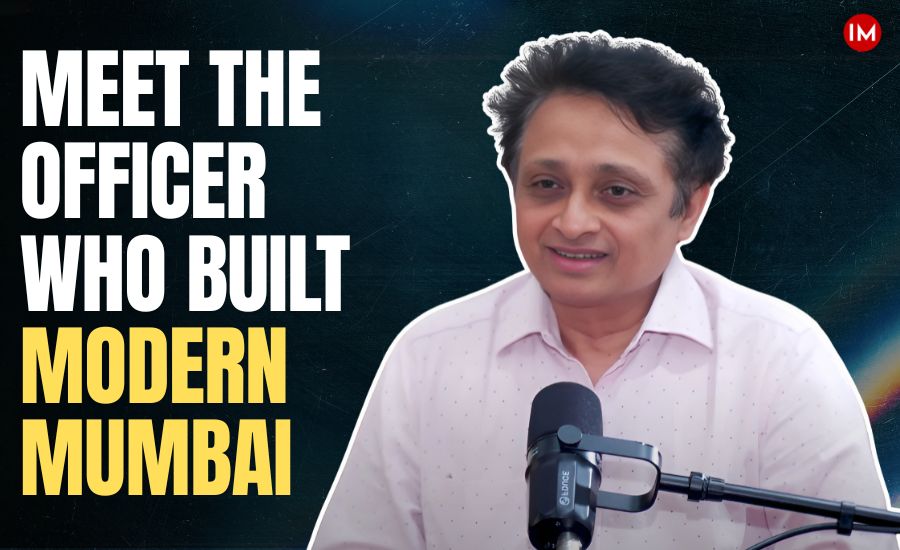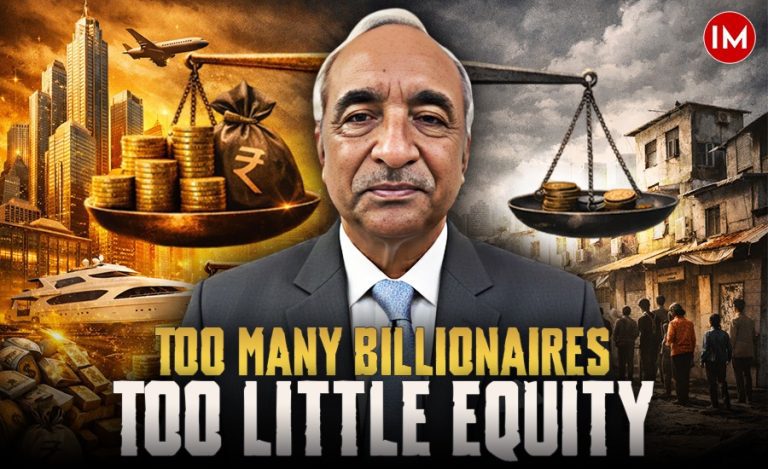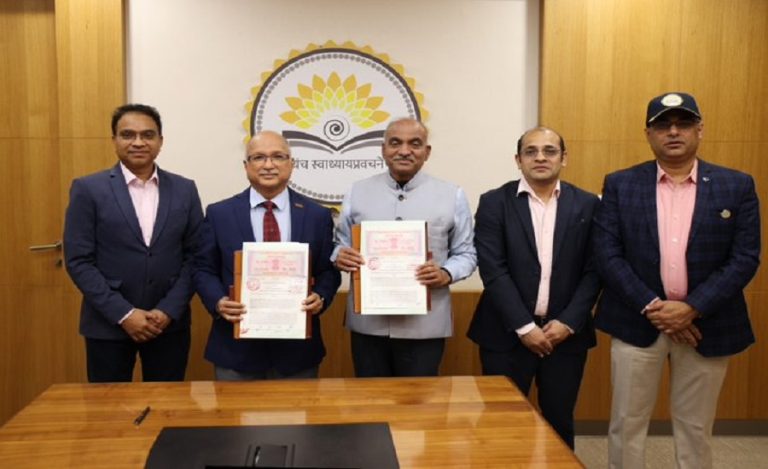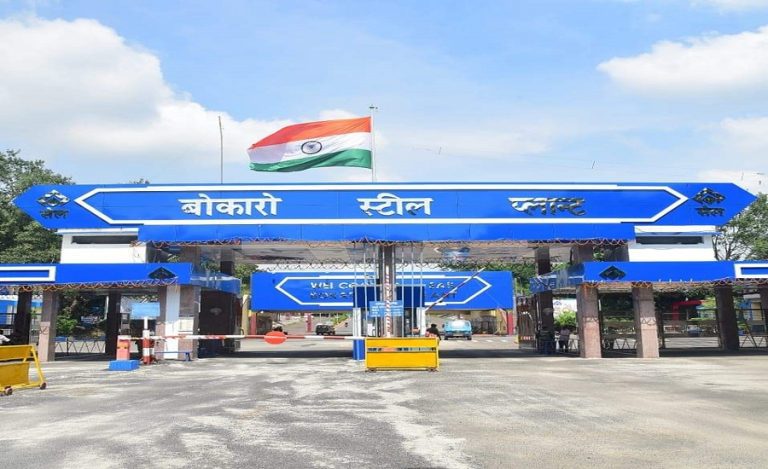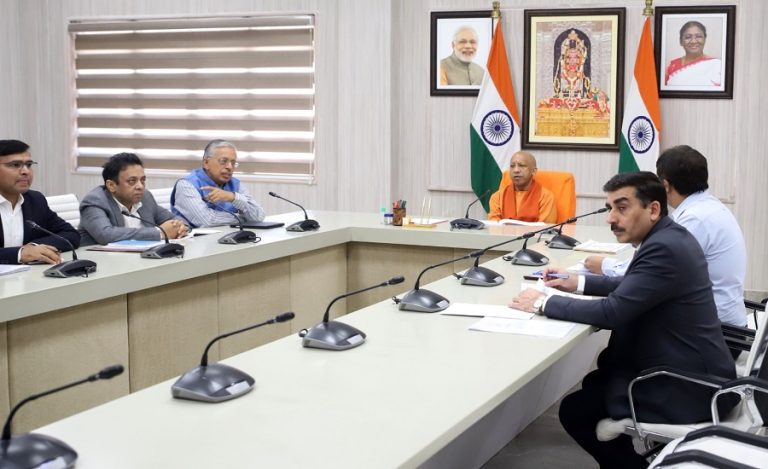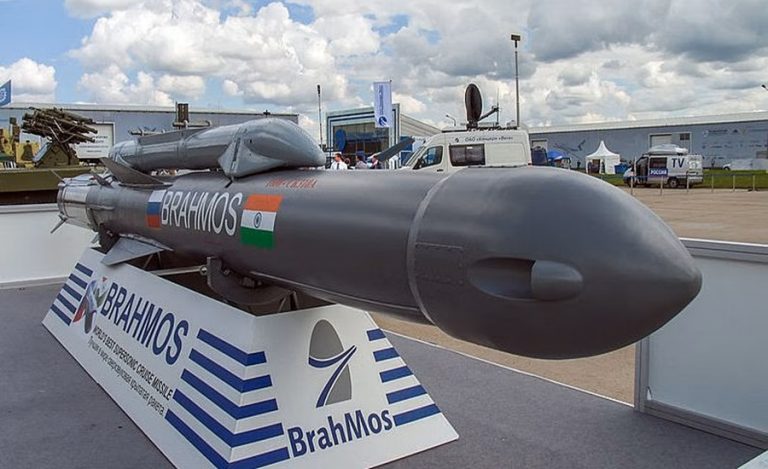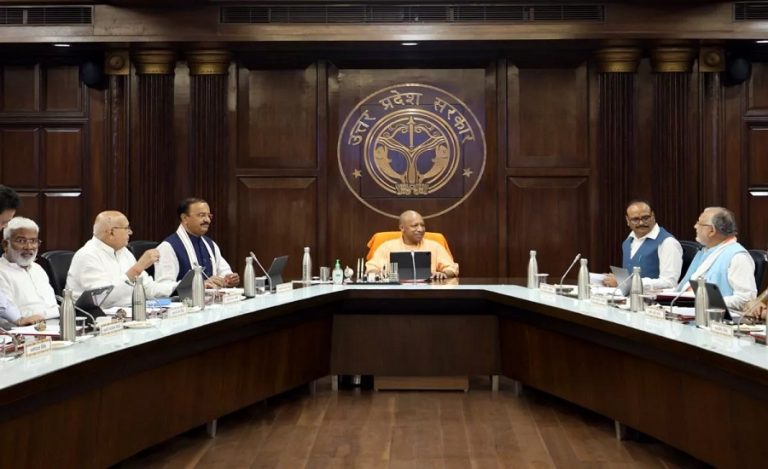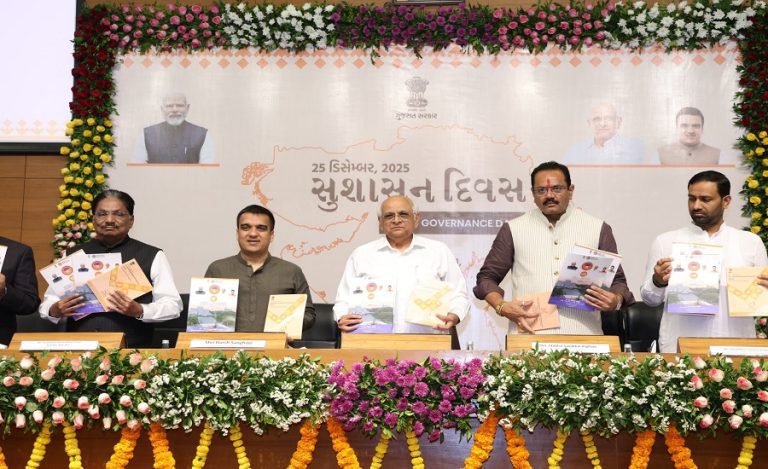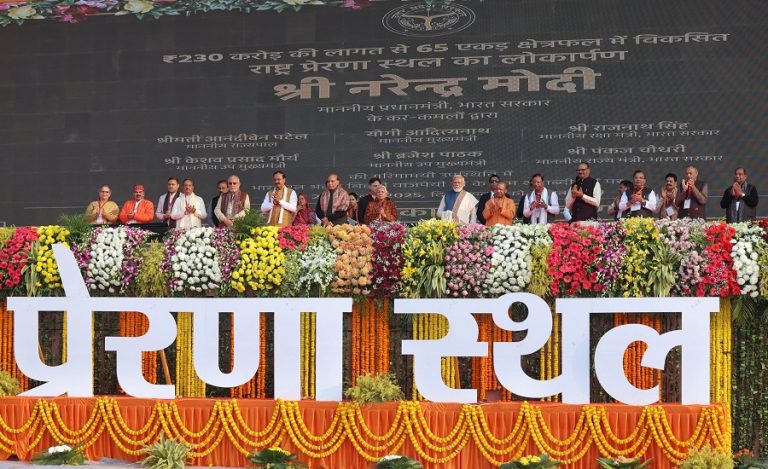Mumbai: In an exclusive interaction with Indian Masterminds, senior IAS officer S.V.R. Srinivas (1991 batch, Maharashtra cadre) shared profound insights into his journey from humble beginnings to helming some of India’s most ambitious urban infrastructure projects.
With over two decades in the Indian Administrative Service, Mr Srinivas is now leading what he calls the “most complex” challenge of his career – the Dharavi Redevelopment Project.
Early Life & Path to the Civil Services
Coming from a family of professionals, IAS Srinivas was deeply influenced by his father, whose values and work ethic inspired him to pursue the UPSC path. Before joining the civil services, he worked at the Reserve Bank of India (RBI) for six months. His transition into the IAS came in his second attempt – a turning point that marked the beginning of a lifelong journey in public service.
Watch his interview with Indian Masterminds here-
Building Mumbai’s Iconic Infrastructure: MTHL / Atal Setu
Among his many contributions, IAS Srinivas is best known for his leadership role in executing the Mumbai Trans-Harbour Link (MTHL) – renamed the Atal Setu – a ₹20,000 crore mega-bridge project linking Mumbai to Navi Mumbai.
Recalling a critical decision, he spoke about revising the original bridge design that featured 5-foot high walls on either side. Concerned about obstructed views and poor aesthetics, Mr Srinivas ensured a more open and iconic visual design. “Future generations would not forgive us for such a mistake,” he said, explaining his rationale.
In another bold move, he replaced a leading consultant under pressure, demonstrating his results-oriented mindset without compromising on long-term vision.
Dharavi Redevelopment: A City Within a City
Calling it the most difficult and “brownie” project of his career, IAS Srinivas described the Dharavi Redevelopment Project as a transformative mission that goes beyond concrete and steel.
“We are essentially building a city within a city, something that has never happened in such a dense and challenging environment,” he remarked.
He broke down the project into three key dimensions:
- Physical – Construction of new housing units.
- Infrastructure – Development of roads, stormwater drainage, bridges, and basic civic amenities.
- Social/Community – Integration of schools, religious spaces, public areas, and community institutions to nurture a thriving, inclusive urban environment.
- The project – originally conceptualized over 40 years ago – finally gained momentum in recent years.
IAS Srinivas believes that the next decade will witness substantial progress, marking a new chapter in urban redevelopment in India.
Advice to Aspirants and Officers
To UPSC aspirants, Srinivas compared preparation to a “Yajna” (sacred ritual), stressing the importance of discipline, devotion, and repetition.
For young IAS officers, he had a clear message: “Specialize in at least two sectors. Generalism is necessary, but deep domain knowledge is essential for long-term, meaningful impact.”

